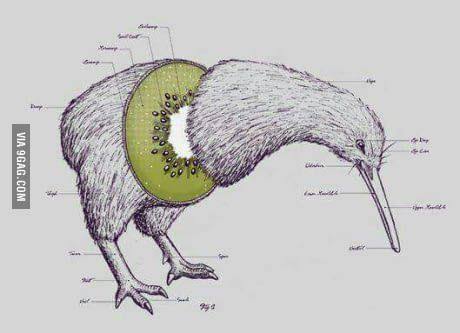In New Zealand, abortion was legal, but there was a shortage of doctors. Rapkin was going to help lead a training program in the country’s capital, much like the one she’d built here, but with less red tape. This time, she would be paid by the government for her work, not singled out for it.



The United States is not one country, it is an amalgamation of 50 mini countries, which themselves are grouped together into a handful of unrecognized stateless nations. Regions such as Appalachia, New England, and Cascadia can all be thought of as independent nations defined by geography and the backgrounds of their original settlers. They are bound by a single border and federal government. The interplay between these groups can explain much of the turmoil of American politics. For example, the South has a strong authoritarian streak, while the great lakes region has deep trade union roots. This actually extends to Canada and Mexico as well, with the great plains and Sonora desert both commanding their own trans-national cultures. I have a feeling we are going to see some of these nations try and establish themselves in the coming years, which is fascinating to watch but horrific to live through (dear god why was I born in Ohio).
On the other hand, some western states such as such as Arizona, Idaho, Montana, etc. have a mindset similar to that of the former confederate states.
I have heard the USA is not divided amongst states but urban/rural boundries. Even within a state you can leave a city and find yourself in the middle of a religious fundamentalist haven run by the english speaking taliban of the district.
Can confirm; I am in Florida.
It’s both. That urban/rural divide has been growing for about 50 years and is currently the main point of conflict, but just under the surface are much older regional divisions. Consider this map based on voting habits and cultural trends.
Where does that map come from? What is the granularity of it? I find it astonishing to believe that not one city in those red regions didn’t vote for Biden.
Colin Woodard in his book American Nations. It’s divided on a county level, and the colors are averages across all counties in each region. Obviously it’s not a perfect representation, but it’s one way to map out the subtler differences that exist on a larger scale than cities or states.
It’s not only not a perfect representation it’s actually deceiving because it hides the urban/rural divide. It’s also not measuring the number of people voting, it’s looking at acreage which is a useless metric.
It doesn’t show the urban/rural split because that’s not the focus of the map. There are many layers to American politics, one of them happens to be regional. If you believe that anything other than red v blue or urban v rural, is “deceptive” and irrelevant, then you’re either an extremely sheltered American or an uninformed foreigner. As someone who has lived their entire life on the border between two of the highlighted regions, I can assure you they are very real and relevant. The reduction down to an urban/rural dichotomy is the result of fifty years of polarization in the two-party system, which ignores 500 years history.
So why did you post it in response to a post I made about the urban/rural divide?
America is not a unified country. This isn’t a new thing, it’s been that way for decades. Half of the country hates the other half.
If you look up, you’ll see that your original post was in response to mine, where I was talking about regional differences. No offense, but you clearly are not well versed in the history of American politics and the way that history impacts the present, and I would recommend you do a little more research if you’re going to pretend otherwise.